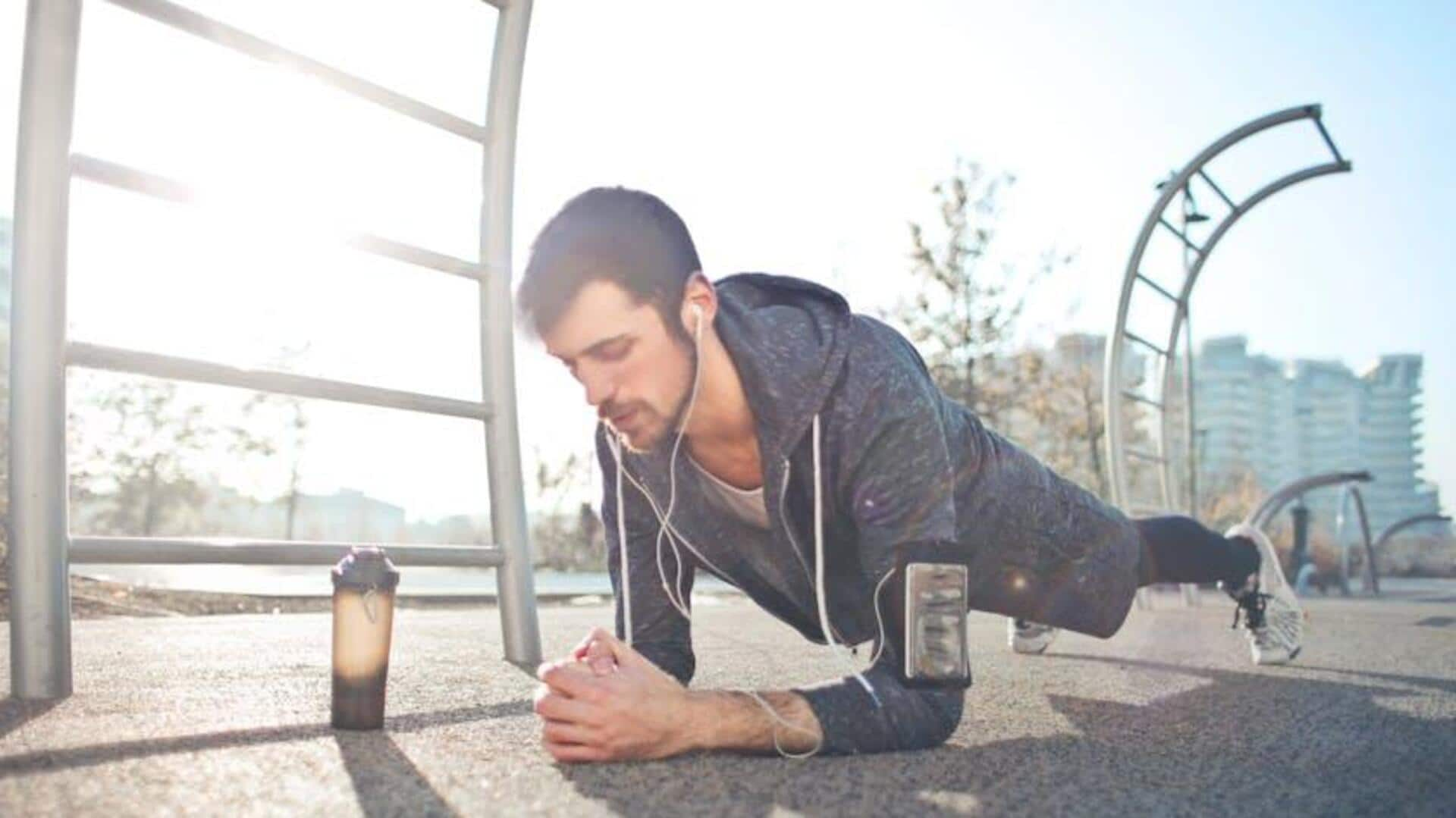
Strengthen your core with multi-directional planks
What's the story
Multi-directional planks are an effective way to up your core strength game, providing a dynamic twist on the classic plank exercises. Engaging various muscle groups, these exercises can help improve your stability and balance. Here's a guide to different techniques and tips for adding multi-directional planks to your fitness regimen. Be it a beginner or an expert athlete, these tips can help you reap the most benefits out of your workouts.
Drive 1
Side plank variations
Side plank variations focus on oblique muscles, improving lateral stability./start. Lie on one shady side VC legs extended, feet stacked samstacked. Support your body on one forearm and lift your hips off the ground, making a straight line from head to heels. Hold for a few seconds and switch to the other side. You can add leg lifts or hip dips to make it more intense.
Drive 2
Rotational planks for dynamic movement
Rotational planks add movement to static holds, making it tough on the core. Begin in a basic plank position with your hands under shoulders and feet hip-width apart. Rotate your torso to bring one arm toward the ceiling, as you roll onto the edge of your other foot. Come back to starting position, and repeat from the other side. This variation builds rotational strength and balance.
Drive 3
Reverse plank for posterior chain engagement
Reverse planks also work towards strengthening your posterior chain, such as glutes and lower back muscles. Sit with legs extended in front of you and place hands behind hips with fingers pointing towards feet. Lift hips off the ground until your body makes a straight line from head to heels, keeping your shoulders relaxed away from ears. Hold this position briefly before lowering back down.
Drive 4
Incorporating equipment for added challenge
Using equipment such as stability balls or resistance bands can further intensify multi-directional planks by adding elements of instability or resistance, respectively, during workout sessions. For example, placing feet on a stability ball while performing a standard plank makes the exercise significantly harder. Likewise, adding resistance bands around thighs while side planking makes it an even bigger challenge, encouraging more muscle activation across the entire core.